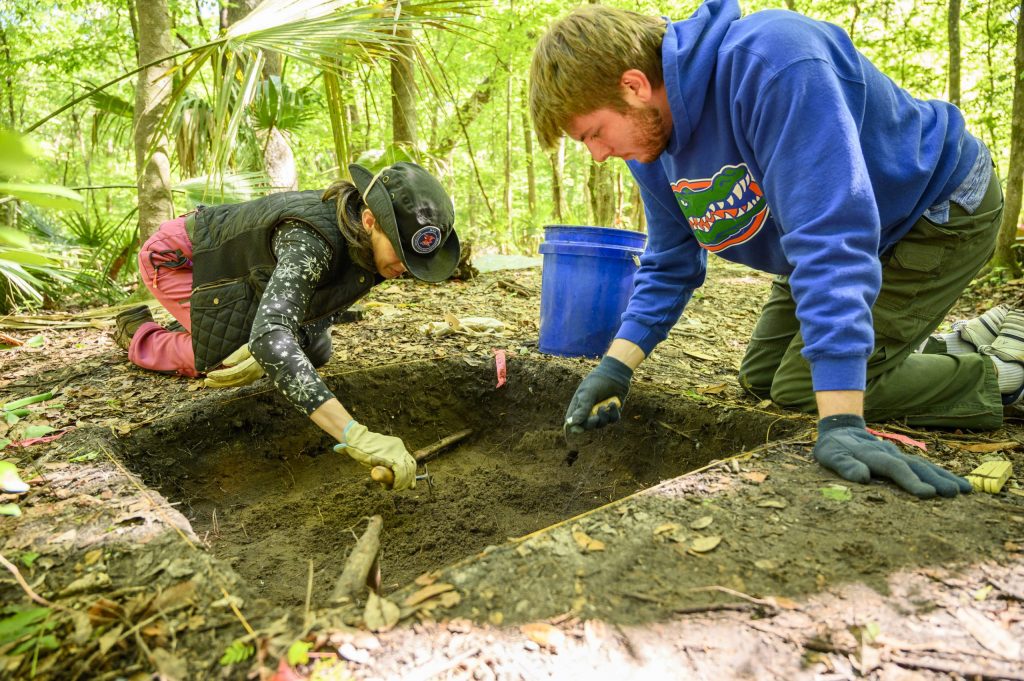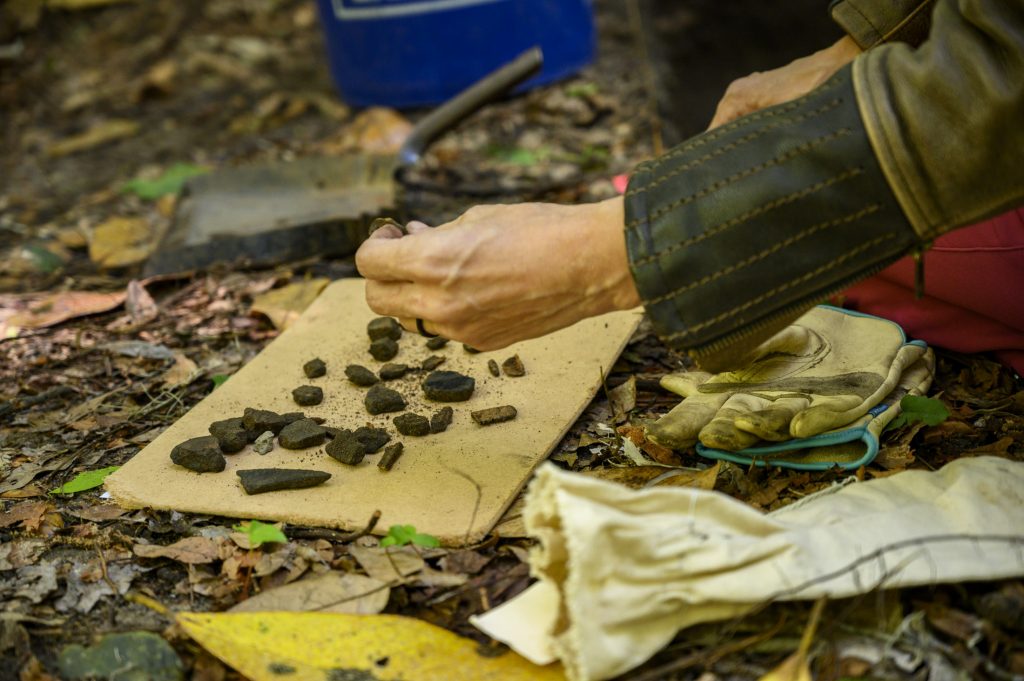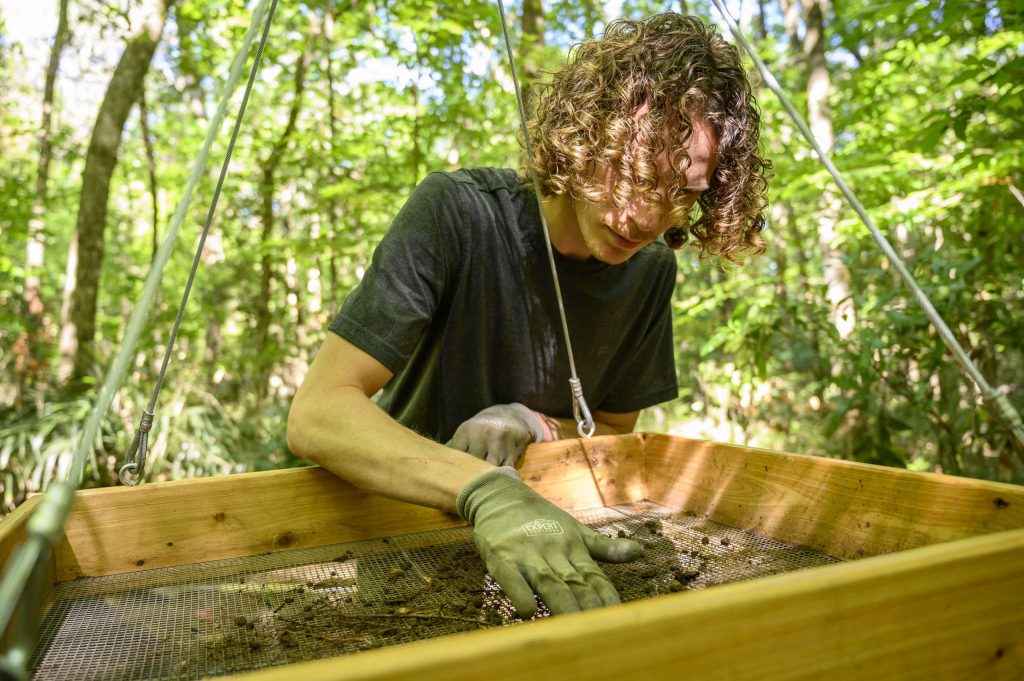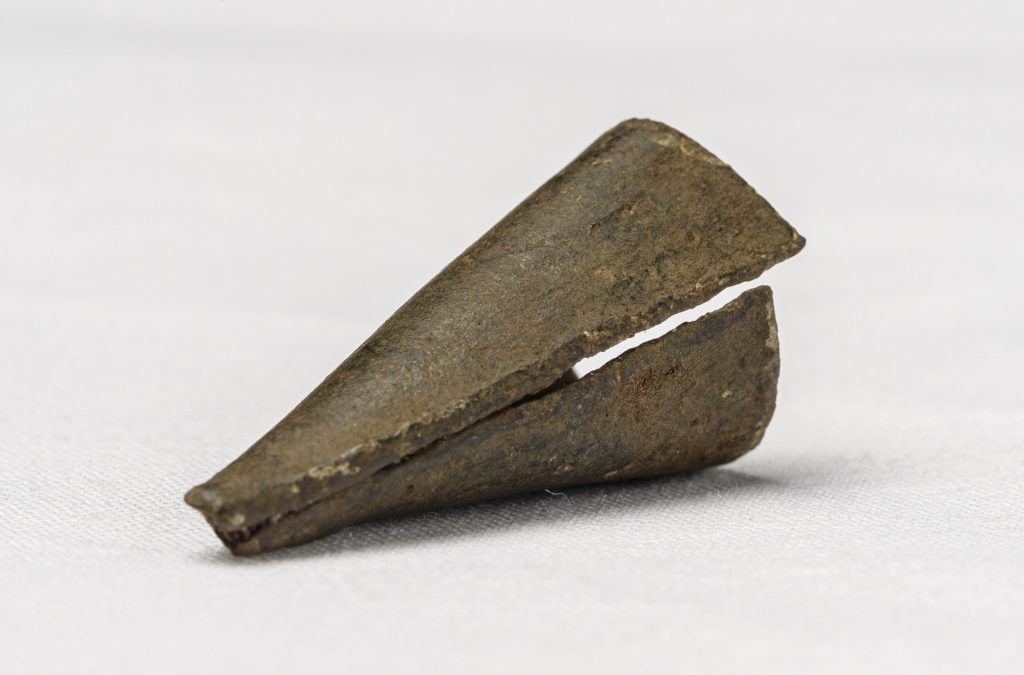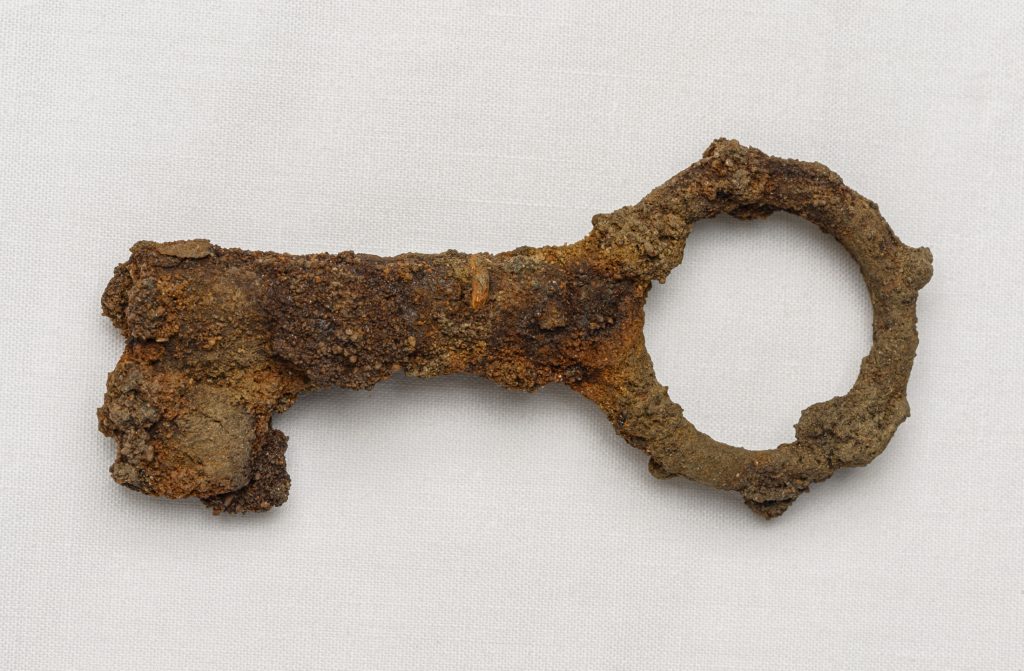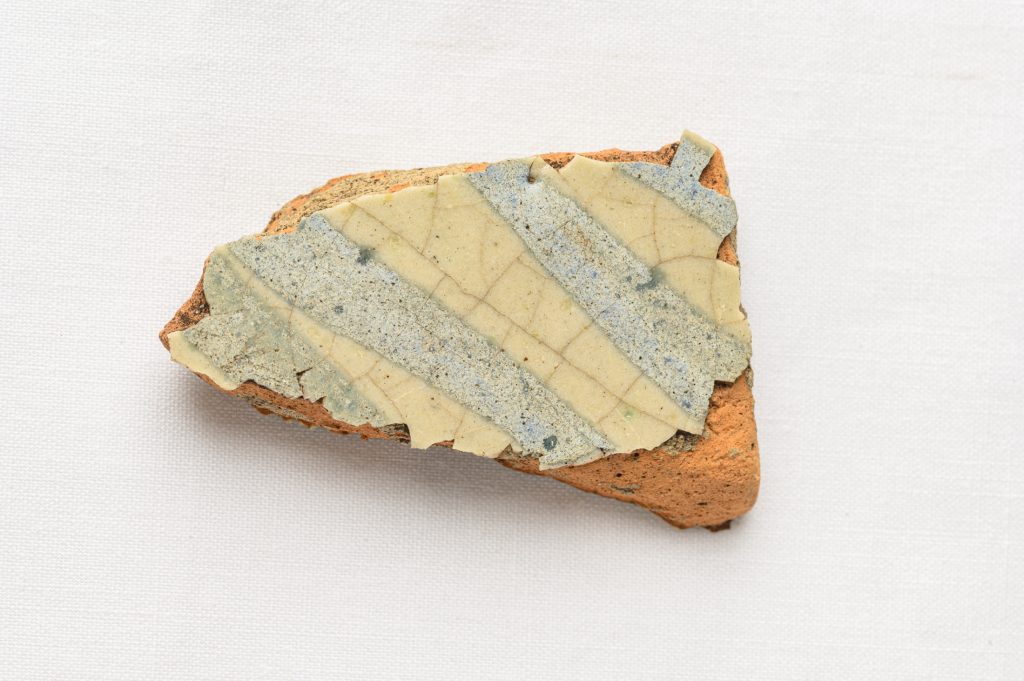Archaeologists at the Florida Museum of Natural History want to remind students that the past is just beneath their feet. That’s the idea behind a new field course offered by the department of anthropology that lets students sidestep centuries of local history and travel back to a time when Florida was dotted with Spanish missions.
“People think of archaeology as something distant and exotic, but Florida has an amazing history within the city limits of Gainesville,” said Charles Cobb, the Florida Museum Lockwood Chair in historical archaeology and co-instructor for the field course.
Beginning in the 16th century, Spain established and maintained a loose network of Catholic missions in Florida, which it used to consolidate its power in the region and exert influence on Native Americans.
One such mission, called San Francisco de Potano, was thought to have existed somewhere in north-central Florida, based on historical records, but its exact location remained unknown until 1956, when students found remnants of the mission in Gainesville, just six miles northwest of the University of Florida campus.
Each week during the 2024 spring semester, Cobb and course co-instructor Gifford Waters packed up equipment and made the short drive to the mission site, where they taught students the fundamentals of archaeology by giving them firsthand experience.
“They take what they learn from books, and then, no pun intended, they get their hands dirty,” said Waters, who manages the historical archaeology collection at the Florida Museum.
Centuries before Christopher Columbus blundered into the Caribbean, current-day Gainesville was inhabited by the Potano people, Native Americans who maintained a thriving community by farming and harvesting food from the wild. The town of Potano was originally located somewhere between Paynes Prairie and Orange Lake, but its people were forced to abandon the area following an armed conflict with the Spanish in 1585. They reestablished the town near Devil’s Millhopper, which was later converted into a Spanish mission in 1606.
For many of Florida’s current residents, this history can feel distant and intangible, but for students in the mission course, it’s something they can physically hold in their hands and directly inspect.
“In every plot they’ve set up, there’s been an interesting feature or something to excavate. It’s never boring,” said Liz Ramshaw, a student who took the course this spring.
Florida Museum photo by Kristen Grace
The mission has sat undisturbed since it was abandoned in the early 18th century, and only a handful of archaeologists have conducted excavations of the site in recent years. The initial 1956 excavation lasted only two days, and none of the records from that work have survived to the present. This was followed by a month-long field course offered by the University of Florida in 1964 and additional surveys and test excavations in 2006 to establish the site’s boundaries.
Work at the site only began in earnest with the new course this spring.
“One of the great things about field schools is that the students get involved in all aspects of the archeological project. They worked on excavations, screening and mapping,” Waters said.
Students also helped carry out extensive metal-detecting, which turned up — among other things — a Spanish medallion that was likely used for prayer.
“This was one of the first, if not the only, systematic metal-detecting surveys on a Spanish mission site in Florida,” Waters said. Waters helped organize and carry out the 2006 survey to commemorate the 400th anniversary of the mission’s founding. He hopes that the new field course, which will be offered again in the spring, will allow continued and consistent work at the site.
“We’re still trying to figure out the layout of the mission. It would have had a church, a friar’s residence and a kitchen area. Surrounding that would have been the Native American village. All of these structures, both Native American and Spanish, would have been made of wood,” he said.
Wood that isn’t attached to trees is notoriously short-lived in Florida, where the warm, humid environment accelerates decay. But students quickly learn to pick out subtle clues that hint at where things once stood. Though the posts that supported the mission buildings have long since disintegrated, the faint stain they left behind in the soil is enough to give away their identity.
In other cases, what might seem innocuous on its own, like a hardened piece of clay or an animal bone, can be signs of human habitation when found in abundance.
“There was so much charcoal here that it was clogging up our filters,” said Sterling Reed, a senior student, as he sat on the rim of a waist-deep hole he’d helped dig on the forest floor. “If it was a trash pit, it was one where they threw charcoal and cooking refuse and broken pots and little pieces of flake.”
Sterling took the course because it was a local alternative to lengthy international field work. “This is the first available opportunity in my four years that wasn’t a field school over the summer in places like Eastern Europe or South America,” he said.
Research on Florida missions has a venerable history of its own that goes back more than a century. It had its heyday in the early to mid 1900s, when archaeologists excavated numerous sites and pored over historical documents, painting a picture of what life was like for Spanish residents. But although the Spanish meticulously documented their own activity, they seldom included the experiences or perspectives of the people they displaced, Waters said.
“That’s something we can hopefully tease out through archaeology. We want a better understanding of the life of Native Americans on the missions, versus concentrating on the European presence, which so much of the early mission work in the southeast did.”
In the process of piecing together the site’s history, Cobb and Waters introduce students to the skills and techniques needed for a career in archaeology. “They get involved in all aspects of the project. They work on the metal-detecting survey, excavations, screening and mapping,” Waters said.
They also extensively participate in some of archaeology’s less glamorous tasks, Cobb said. “We do everything in triplicate, and students find out that paperwork is half the job.”
Sources: Charles Cobb, ccobb@flmnh.ufl.edu;
Gifford Waters, gwaters@flmnh.ufl.edu
Media contact: Jerald Pinson, jpinson@flmnh.ufl.edu, 352-294-0452
